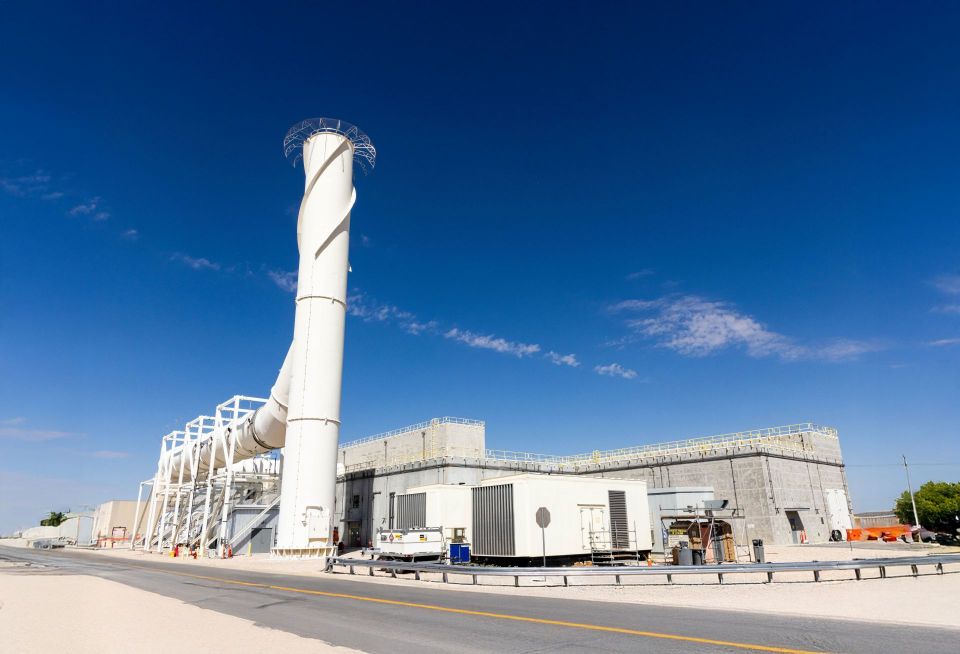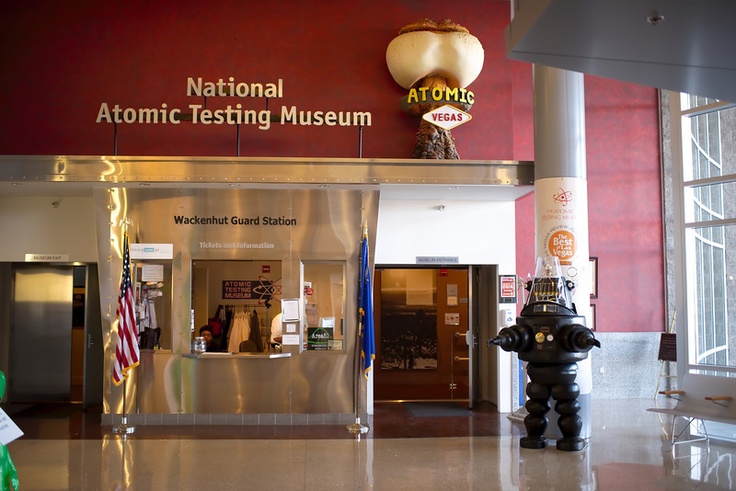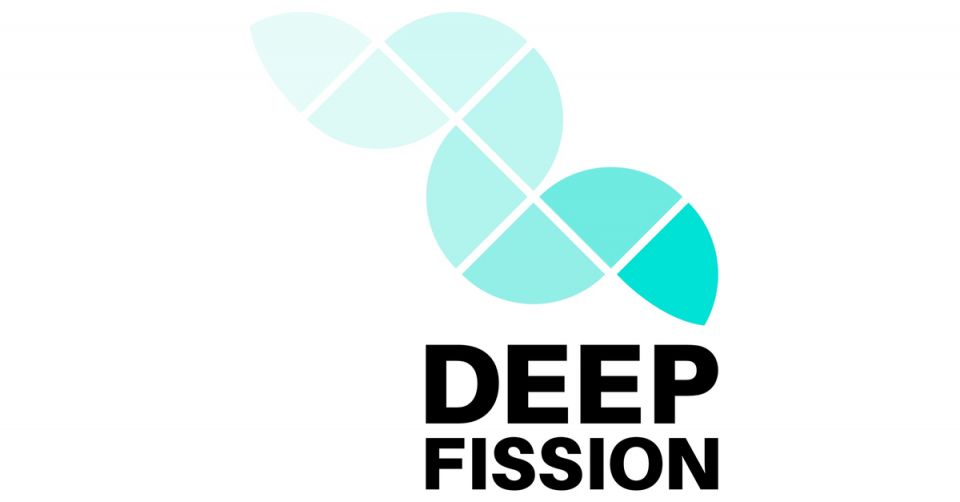DOE to award $900 million for milestone-based SMR deployment projects

Yesterday morning as Amazon, X-energy, Energy Northwest, and Dominion Energy were sharing a spotlight celebrating their investment in X-energy’s high-temperature gas-cooled reactor technology, the Department of Energy opened up the application process for up to $900 million in cost-shared funding to support the initial domestic deployment of a different type of reactor—light water reactors generating about 300 MWe that the DOE calls Gen III+ small modular reactors.








